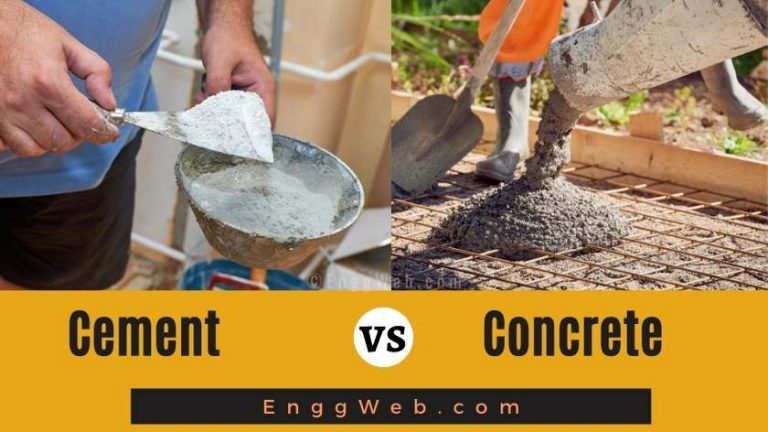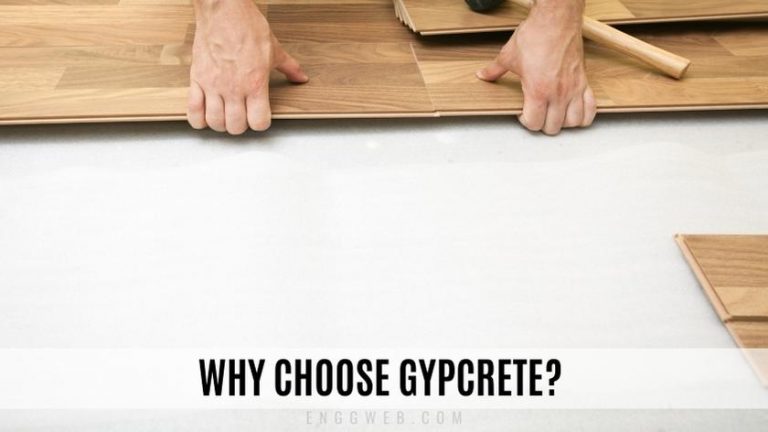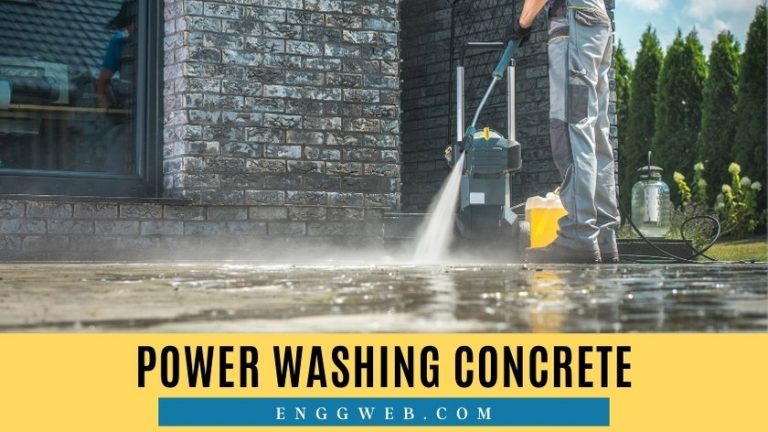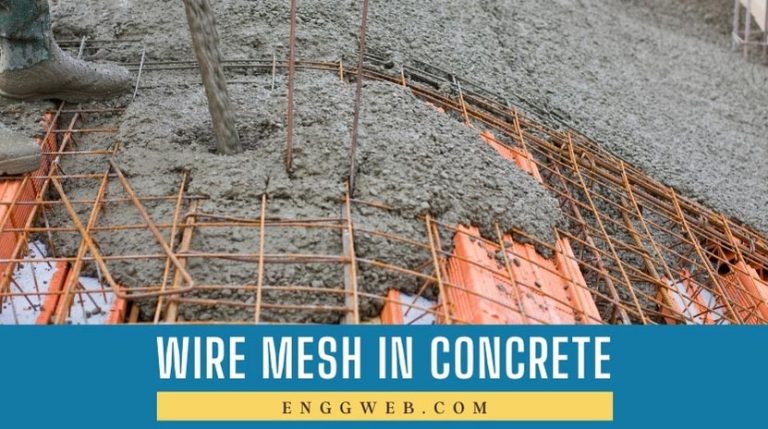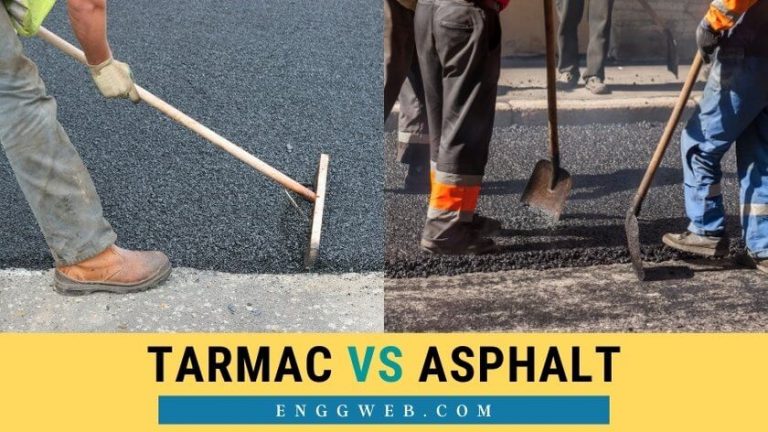Can You Pour Concrete Over Concrete?
Concrete slabs sometimes require refurbishment or replacement. Replacing a slab is costly and time-consuming, making it undesirable. Luckily, new concrete can be poured over old concrete, given the right circumstances.
Contents
Why Pour Concrete Over Existing Concrete?
Under ideal circumstances, concrete lasts decades. Most structures have a design lifespan of between 30 and 80 years. Unfortunately, we don’t live in an ideal world, and in some cases, these structures don’t reach their desired lifespan. Usually, these structures are demolished, and new ones are built in their place. This is expensive, so it is tempting to reuse them or build something new over them.
At times, you may want to change the appearance of an existing floor slab that is still in good condition – this is also possible.
You can pour new concrete over existing slabs in the case of floor slabs, provided that you do it correctly – more on that later.
Pouring Concrete Over Existing Concrete
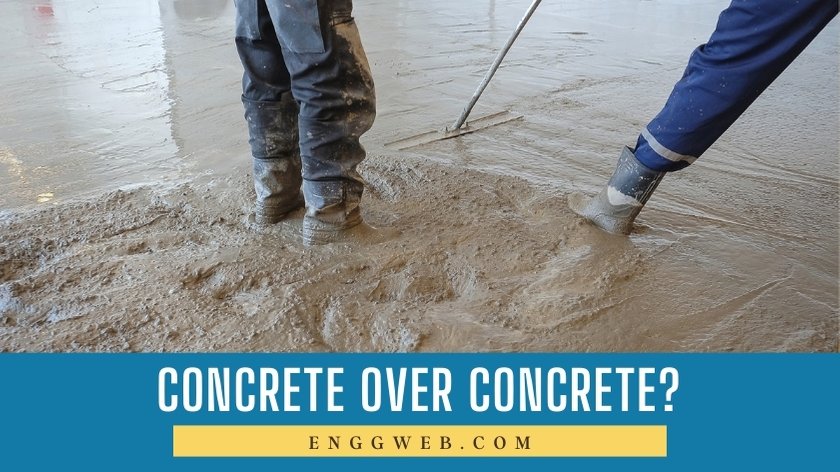
New Concrete over Old Floor Slabs
Sometimes, it is not feasible to pour new concrete over existing concrete. When the existing concrete is severely damaged, with large cracks running through the structure, you should rip it out entirely and replace it. The same is true when the existing concrete has settled such that it now spreads over several levels or when tree roots cause it to heave or crack. In the last case, you should rip out the concrete and resolve the tree root issue before pouring a completely new slab.
When the existing concrete is of adequate quality, you could pour a new, thin slab over the old concrete, provided that the new layer contains wire mesh or fiber reinforcement. If the new slab is thick enough, you could even include rebar. However, fiber mesh is probably the simplest and most effective option.
Before going ahead with this operation, ensure that you won’t encounter difficulties when raising the slab’s elevation slightly. Things to look out for are clearance for doors, wall fittings such as electrical sockets, and underfloor heating.
Can You Fill Potholes with Concrete?
Yes, you can. In your driveway, at least. On the highway, repairing potholes is a specialized job that must be done correctly to ensure the highest safety standards. The new concrete will probably shrink at a different rate to the existing concrete if the mix designs aren’t carefully matched. Note that the existing concrete has already shrunk, probably quite a lot, depending on its age. The new concrete will fill the pothole completely when it’s fresh but will quickly shrink away from the edges as it sets. This creates a small gap between the old and new concrete that is easily damaged by vehicle traffic.
For this reason, the concrete used to fill the pothole must be carefully designed, and a protective layer applied to the area between the repair and the existing slab.
In contrast, repairing potholes in your driveway is a simple operation since your driveway doesn’t have heavy traffic, and the traffic moves slowly. Here, you clean out the hole, chisel away the hole’s edges, and fill it with concrete. Afterward, you finish off the surface and cure the patch properly for about a week before driving over it.
How Do You Attach New Concrete to Old Concrete?
Step 1: Cleaning
Before pouring new concrete, the existing slab must be adequately cleaned. Any dirt, debris, or impurities present on the old slab is likely to interfere with the next few steps and compromise the quality of your new concrete layer.
Sweeping and hosing down the concrete with your standard-issue garden hose is not adequate. Using a high-pressure wash and even lightly scrubbing the surface with pool acid is recommended to remove any impurities. This is especially true if you had a carpet, laminated flooring, paint, or any other covering on the floor.
Step 2: Install a Bond Breaker
The new layer of concrete shouldn’t attach directly to the existing concrete. If it does, any cracks present in the old slab will transfer to the new slab, negatively impacting the quality of your new structure. These include controlled cracks, such as construction joints, too. This process is quick, with the existing cracks showing up in the new slab in a matter of days.
You could use various materials as bond breakers, including plastic sheeting or tar paper (also known as roofer’s felt). You could also use a layer of stone and sand between the two slabs. These ensure that the two slabs remain separate and that the cracks aren’t transferred between them.
While some would worry that the two slabs would separate somehow since they’re not bonded together. Consider that concrete is quite dense (around 2.4 times the density of water), so the new slab is hefty. The sheer weight resting on top of the old slab makes separation highly unlikely.
Step 3: Place the New Concrete
Place the new layer of concrete as you would with a new slab. The prepared surface of the existing slab is similar to that of a well-compacted base for a brand new slab, making it ideal for the job. Follow standard site procedures, including finishing and curing.
Step 4: Create Crack Control Joints
Concrete slabs are prone to cracking, and capping layers are no exception. Ensure that crack control joints are made as you would with a new slab. For thinner slabs, these joints must be closer together and run through the entire depth of the concrete, not just the top portion.
How Thin Can You Pour New Concrete over Old Concrete?
Minimum Thickness of Concrete
Technically, you could cap existing concrete with a layer of concrete only a few millimeters thick – this is called a screed. Screeds are often used to improve the finish of existing concrete for aesthetic purposes or prepare for other finishing operations. A prime example is when installing laminate flooring – this type of finish requires a floor slab that is flat and level. Otherwise, the laminate flooring panels will crack and warp. Concrete slabs, especially older ones, generally don’t meet this standard and thus require a screed.
Summary:
Pouring new concrete over existing slabs is simple and effective, provided that the existing slab is in good condition. If the existing slab is severely damaged, it should be removed and replaced by a new slab.
It is essential to properly prepare and clean the existing slab before placing the new concrete on top. A bond breaker should also be used to prevent existing cracks from being transferred to the new slab.
You can use concrete to repair potholes. When used in residential driveways, this is a simple process. Conversely, this is a highly specialized and technical process when carried out on highways and other roads that experience high traffic levels.

